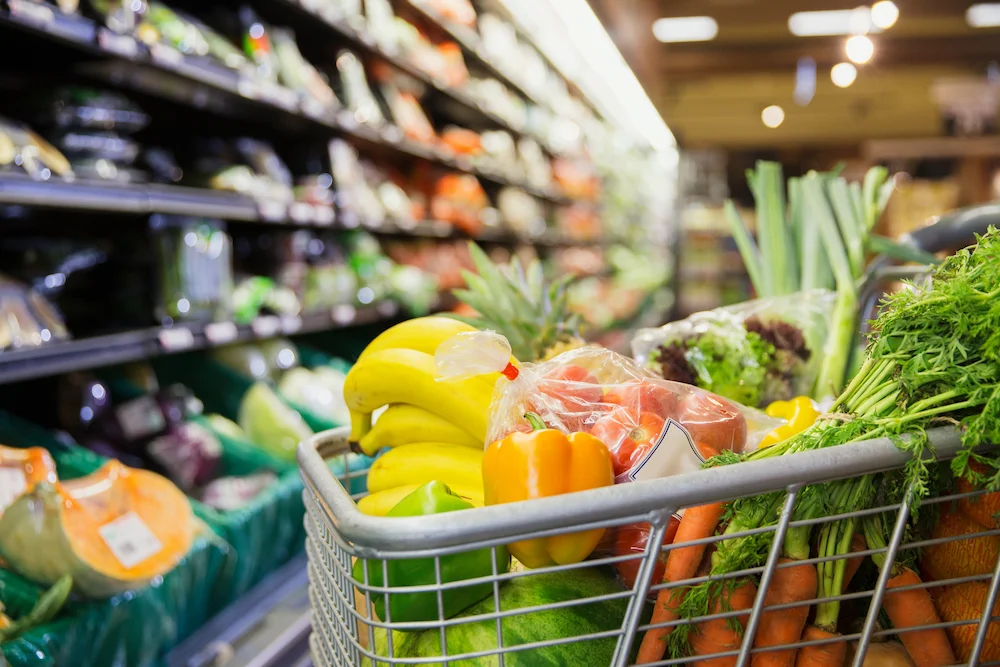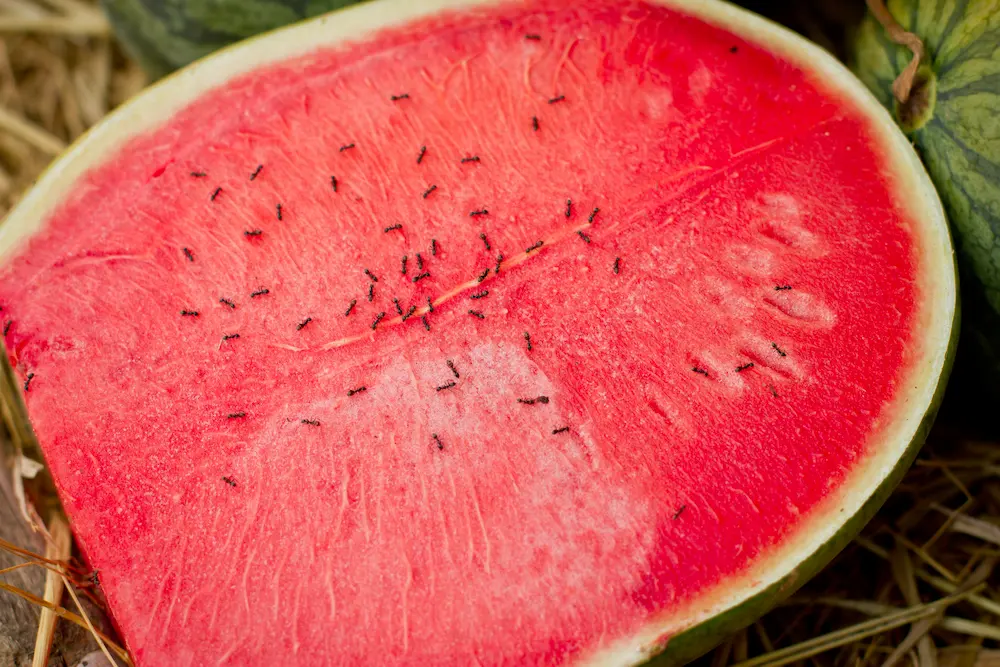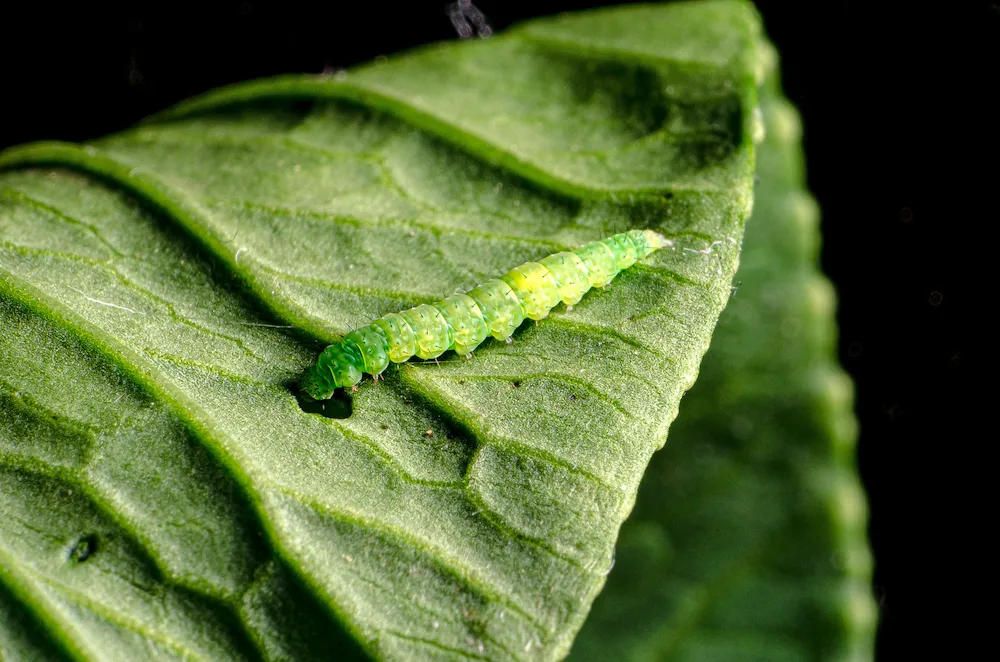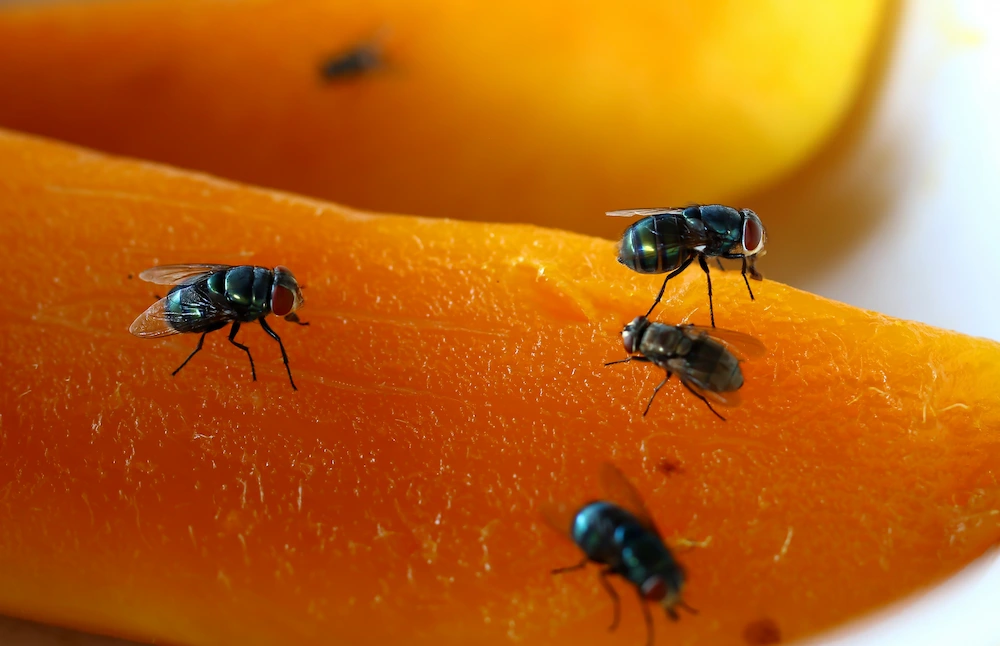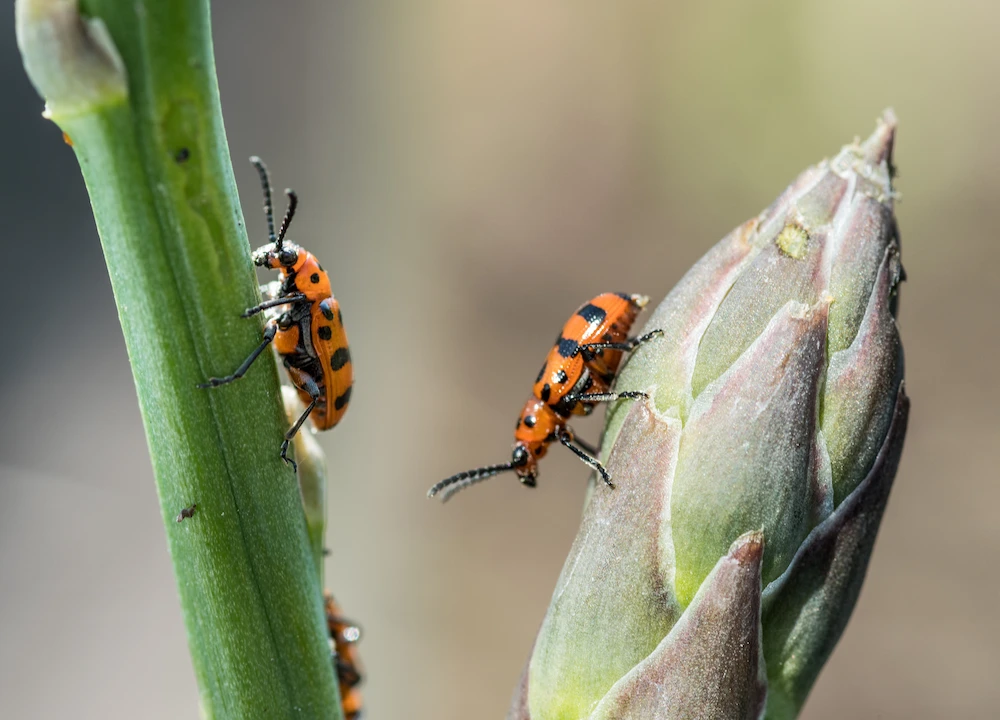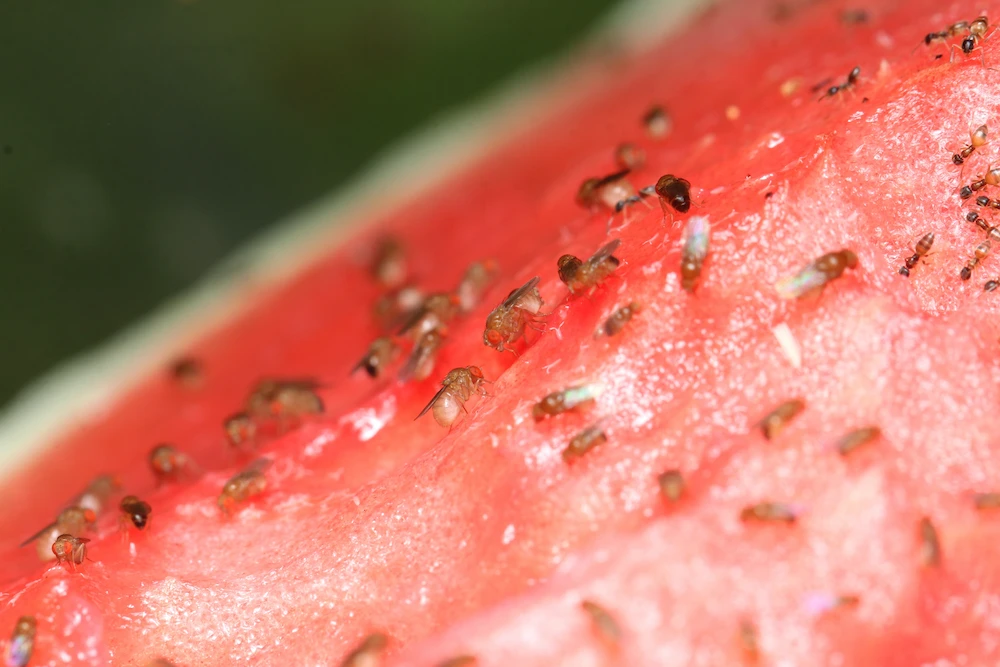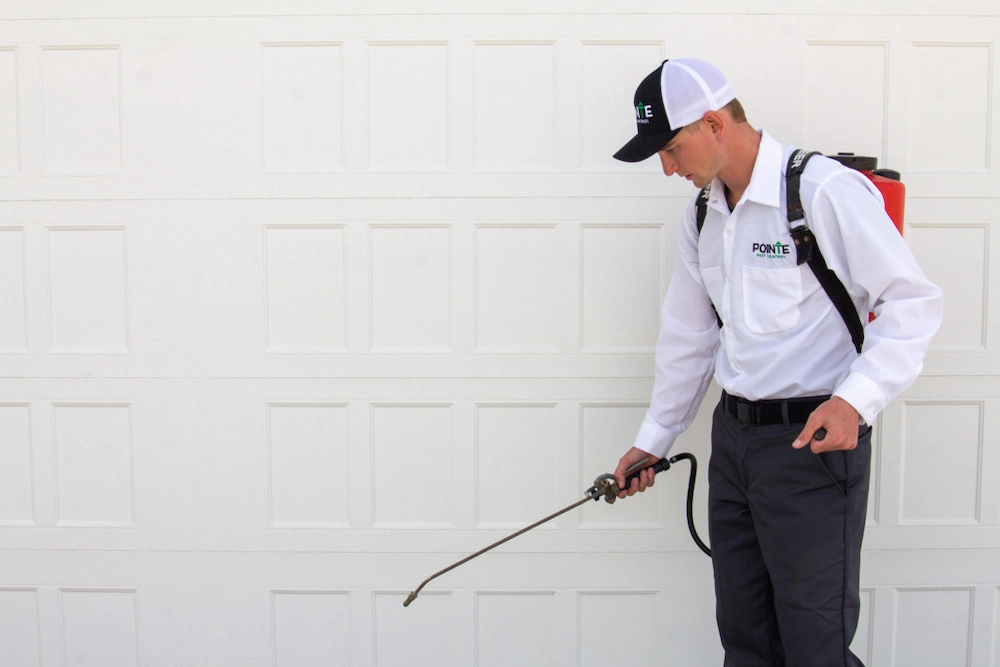The Produce Section Is A Vacation Spot For These 6 Pests
The Produce Section Is A Vacation Spot For These 6 Pests
Summary: The produce section of the grocery store is an interactive place, but did you know that pests love it too? This blog explains the reasons why pests would invade this department if sanitation standards weren’t in place, then discusses the habits and diets of 6 produce-loving pests. The featured pests are: ants, cabbage loopers, flies, common asparagus beetles, fruit flies, and rodents. Pointe Pest Control provides thorough services for homes and businesses alike.
The grocery store’s produce department is one of the more popular sections. Between the fresh fruits and veggies, the pre-made salads, and the bottled smoothies that never taste as good as the real deal, there’s a lot to love in these specialized areas. Since the fresh produce is available for the picking, it’s important to know that the food items are safe from outside risks.
Grocery store chains must adhere to specific sanitation standards, including the FDA Food Code. That’s why you won’t see the basket of fuji apples crawling with pests at the big grocery store down the road. When produce is left unprotected throughout its life, there are many pests that would be ecstatic to find such a great food source.
Is Produce Actually Popular?
There’s always a good number of people in the produce section, so why would pests want to be somewhere that they are so easily discovered? Some pests have no problem with chewing through packaging, but the produce section is the primary target for a few reasons. Firstly, the produce is less protected than other grocery items. The plastic wrap and flimsy containers are no match for a hungry pest.
Secondly, the scents that populate the produce section are enough to entice any pest. Ants, flies, rodents, and roaches have a great sense of smell that they use to find safe food sources. When the section is regularly sanitized, there are less smells for pests to find. Lastly, the produce section always has a high amount of moisture. Pests have plenty of water sources with the misters and the saturated produce. Damp, overripe fruit is even more appealing, but we’ll get to that later.
There are many reasons why pests would want to invade the produce section. It’s a comfort to know that grocery stores have cleaning procedures and sanitation standards in place to prevent these pest problems. But it’s still important to be vigilant against food-loving pests, so let’s see which 6 pests would love the produce section if they were left alone to roam the store.
Ants
This should be the least surprising addition to this list. Ants are always on the hunt for food because they need to sustain their giant colonies. Any crumb, particle, or piece that they find is good enough, as they’ll be happy with just about any safe food. Items that are full of protein or sugar are the most appealing to ants since these will give them the most energy. The foods in the produce section may attract ants since they give off strong smells and aren’t protected in sturdy packaging.
Ants lead the rest of their colony to a food source by leaving a trail of pheromones (scent chemicals) from the source to the nest. Since ants walk through bacteria-filled places — under shelves, in garbage, on decaying items — they spread those pathogens to the food they touch after their journey. Salmonella, E. coli, and other food poisoning-like symptoms are often linked to ants. It’s a good thing that grocery stores keep their space so clean; ants love any spills they can get their hands on!
Cabbage Loopers
Make no mistake: these pests don’t just target cabbage. Cabbage loopers are the caterpillars of gray moths that lay their eggs under the leaves of crops for complete protection. The caterpillars cause the most problems to growing crops since they stay near the vegetable or fruit to consistently feed on the produce. Holes in the leaves are often the first sign of the cabbage looper’s presence.
Crops can experience stunted growth and lowered fruit production when cabbage loopers feed on them for long enough. The green caterpillars drain the plant of its vital sap by chewing through its leaves and produce. Their favorite crops are broccoli, cauliflower, and cabbage (shocker). Cabbage loopers aren’t often found in grocery stores since they are usually picked off in the production process. We still suggest that you check each piece of produce you choose — just in case.
Flies
You might’ve seen a lone fly buzzing around the produce section, briefly landing on the damp containers before taking off when a hand impatiently swats them away. Flies eat anything they want, and they taste everything first with the taste receptors on their feet. That’s why flies walk all over our food before rubbing their tiny legs together; they need to clean their taste receptors as they eat to make sure they get a great taste experience.
Flies prefer foods that have a strong scent because that usually means the food will be soft enough for them to spit their digestive enzymes onto the item and slurp it up. That’s gross enough, but flies are even more disgusting than that basic habit. They carry over 100 dangerous pathogens that they transmit through their feet. Their most common diseases are E. coli, salmonella, and cholera. The symptoms are similar to that of food poisoning, so it’s a good idea to keep these buzzy fiends away from all produce.
Common Asparagus Beetles
This pest only really attacks crops while they’re growing, but we think the common asparagus beetle is still worth a mention. It’s a big threat to its namesake crop because of the pest’s insatiable appetite. It starts its destructive diet when it’s still in the larval stage. The adult beetles lay their eggs in the lower half of the asparagus stalk to give their offspring a reliable food source. The eggs look like little grains of rice, so they stand out against the green veggie.
You’ll know if an asparagus stalk was enjoyed by common asparagus beetles just by looking at it. The impacted asparagus is brown-colored and droopy when it’s still ripe. When asparagus is devoured by these beetles, it will lose its actual nutritional value! The pests munch on the veggie in its early stages, so the asparagus can’t retain its original nutrients. If the asparagus in your grocery store looks green and healthy, you can rest assured that it wasn’t infested with the strange beetles.
Fruit Flies
Along with ants, fruit flies are not a surprising addition to this list of produce pests. These flies are even more attracted to rotten or overripe fruits than regular flies, as they only eat fermented foods. The fruit fly’s favorite meals are overripe fruits and vegetables, alcohol, and honeydew from aphids. Basically, soft and organic foods are always appealing to fruit flies. A trash can in the produce section could be a fruit fly’s paradise if the trash isn’t managed.
Disturbingly enough, fruit flies also lay eggs in their food sources in order to provide for their offspring. They can lay hundreds of eggs in their short lifetimes — about 40 to 50 days — so an infestation can occur without much warning. Grocery store employees do a great job of clearing out overripe produce for this reason, but this is also a great practice for homeowners. Dispose of your overripe fruits and veggies before fruit flies can decide that they found their next home.
Rodents
Rodents seem like a giant pest compared to the tiny insects we just discussed. When sanitation isn’t a priority, rodents could be potential invaders of a grocery distribution center. These opportunistic omnivores eat anything they find, so they would have a lot to choose from in the produce section. Rats and mice will even eat food packaging (cardboard, paper, etc.) when they’re hungry enough, so fresh fruits and vegetables would be a real treat for these foragers.
Since rodents crawl through dumpsters and sewers, they easily spread all kinds of diseases when they walk among our food. The bacteria is transferred both directly (bites) and indirectly (tracks on the counter). They also mark their paths with droppings and urine, which creates an even higher risk of contamination. Hantavirus, salmonella, and plague are often spread by rats and mice. Trust us: you don’t want these pests getting their paws on your produce.
Keep Pests Out Of Your Produce
If you shop at a chain grocery store, you don’t have to worry about finding hordes of pests in the store. Since they need to maintain a high sanitation standard, grocery stores are often the cleanest stores we visit. Pests bring a plethora of health risks and contamination, so they should not be anywhere near a marketplace. All of that being said, we suggest checking each piece of produce before you purchase it, as you likely already do. Better safe than sorry when it comes to food!
Even when your food is safe from pests, the rest of your home needs protection as well. The licensed technicians of Pointe Pest Control provide thorough inspections and customized treatment plans to make sure that your property is pest-free all year long. We truly value customer satisfaction with our services, so our team welcomes your questions along the way. For a free quote on our efficient services, contact us today!
Citations
Hahn, J. (2020). Asparagus beetles in home gardens. University of Minnesota Extension. Available at https://extension.umn.edu/yard-and-garden-insects/asparagus-beetles (Accessed on October 23, 2024).
Schuh, M., Hahn, J., & Wold-Burkness, S. (2022). Caterpillars on cole crops. University of Minnesota Extension. Available at https://extension.umn.edu/yard-and-garden-insects/caterpillars-cole-crops#cabbage-loopers-3201711 (Accessed on October 23, 2024).
Request a Free Quote Today
(We do not share your data with anybody, and only use it for its intended purpose)

